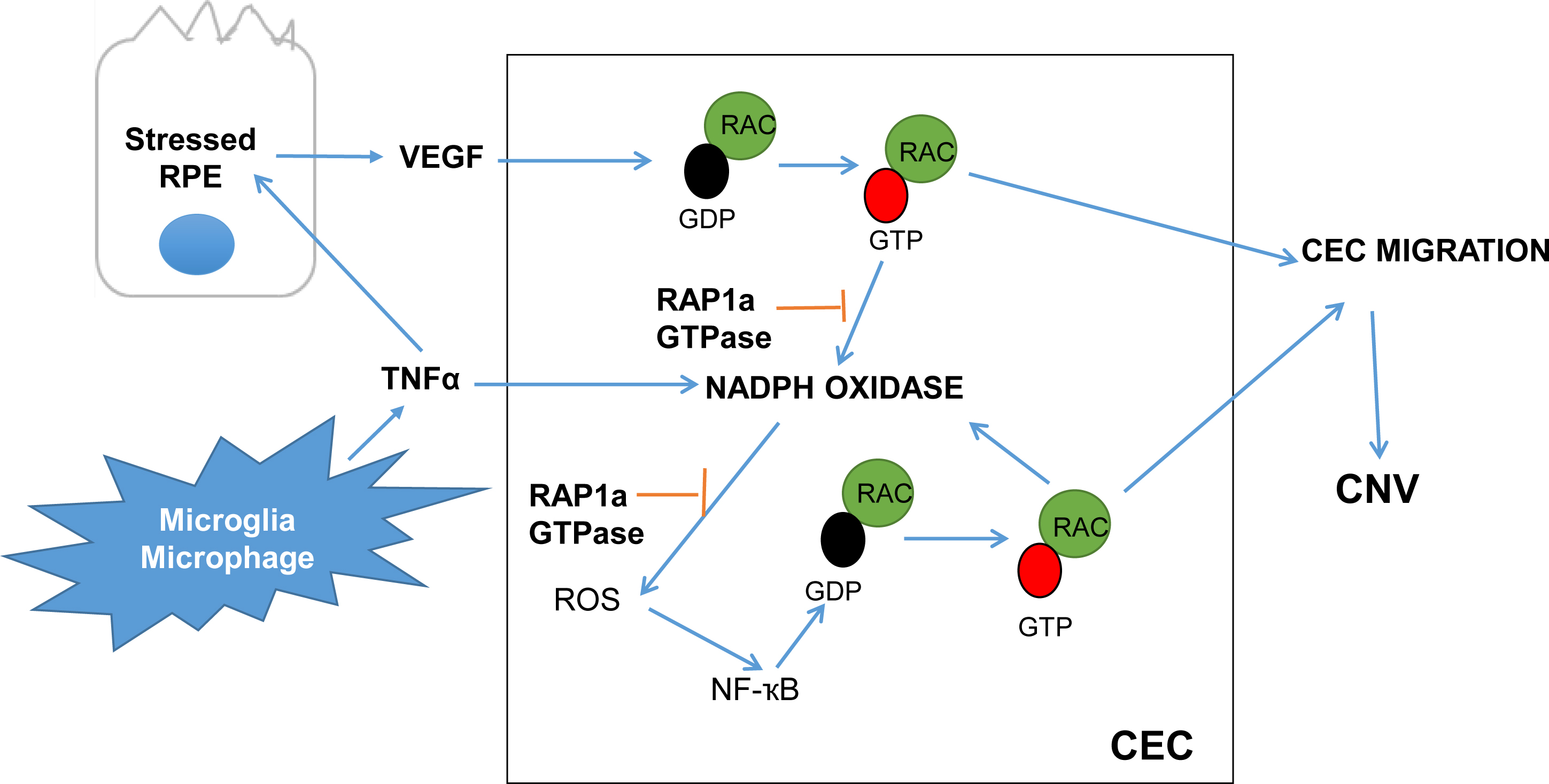Figure 2. Signaling pathways in a feed-forward loop involve inflammation, oxidative stress, and angiogenesis. Tumor necrosis factor
alpha (TNF-α) released by activated microglia causes RPE cells to overexpress vascular endothelial growth factor (VEGF). VEGF
attracts and activates choroidal endothelial cells (CECs) through activation of Rac1, which aggregates with other subunits
to activate NADPH oxidase. NADPH oxidase–generated reactive oxygen species (ROS) trigger Rac1 activation through nuclear factor-kappa
B (NF-ҡB) signaling, which can further activate NADPH oxidase, thus setting up a feed-forward loop. Activated CECs migrate
and proliferate to form choroidal neovascularization (CNV). Activated Rap1a safely inhibits CNV by reducing NADPH oxidase–generated
ROS. Permission was granted from Elsevier to use parts of Figure 18 from Prog Retin Eye Res. 2008 Jul;27(4):331-71, namely
the OCT images used in panel B and D.

 Figure 2 of
Wang, Mol Vis 2016; 22:189-202.
Figure 2 of
Wang, Mol Vis 2016; 22:189-202.  Figure 2 of
Wang, Mol Vis 2016; 22:189-202.
Figure 2 of
Wang, Mol Vis 2016; 22:189-202. 